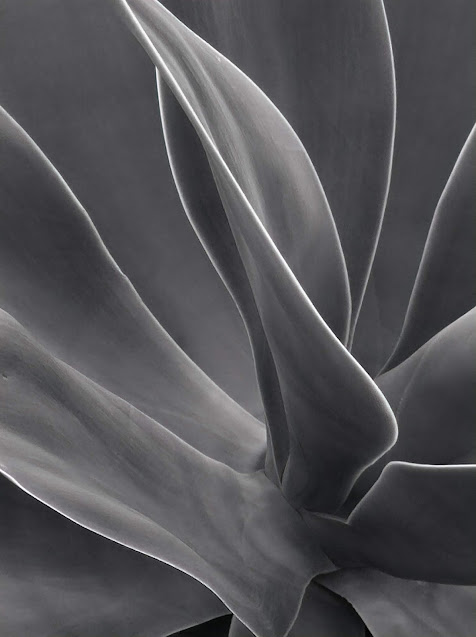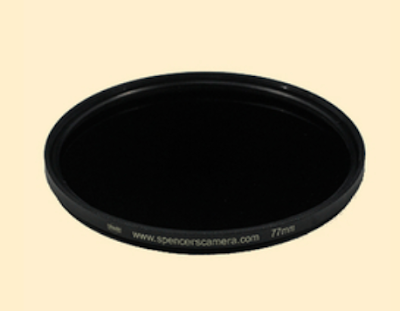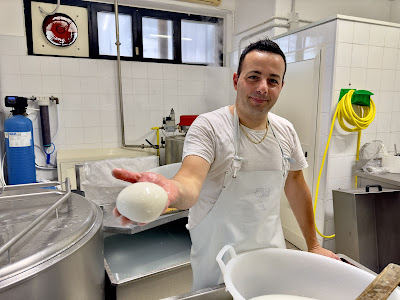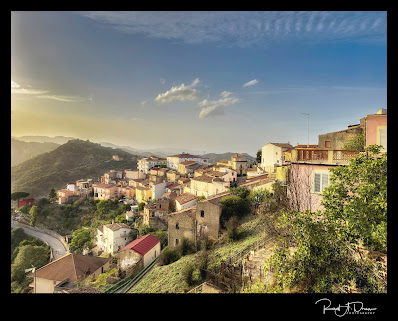Impact-Site-Verification: -2110864453
 |
| Alabama Hills |
Editors Note: This blog post is Part 2 of a two part series.
In Part 1, Exploring the Timeless Elegance of Black and White Films: A Watch List for Contemporary Black and White Photographers, I suggested Classic black and white films as a source of inspiration and influence for your own b&w photography.
In this installment, Part 2, I share some of the black and white photographers from the 20th century who, through their creative black and white images, not only influenced me as a young photographer, but also helped elevate photography to an accepted art form.
I close by sharing several contemporary photographers whose work I admire.
(See my video tutorial, How I Did It!™️; Create Black & White Photos with Your iPhone!)
In college in the 1970s studying fine art and photojournalism, I was fortunate to have teachers who introduced me to some of the giants in 20th Century black and white photography. I have always celebrated them as heroes who instilled in me a love of the medium.
While there are a number of influential 20th Century black and white photographers, there are a few whose work continues not only to inspire me, but to shape the world of photography today.
These are some who were important to me as a young photographer:
Imogen Cunningham, Edward Weston, Henri Cartier-Bresson, Dorothea Lange, and, the only one still with us today, Duane Michals.
These artists not only showcased technical expertise but also made powerful and impactful images that defined the medium. We contemporary black and white photographers can learn from their unique styles, composition, techniques, and the narratives they conveyed through their work.
Imogen Cunningham was known for her diverse range of subjects, including botanicals, nudes, and portraits. Her work often emphasized the beauty and intricacy of nature, using light and shadow to highlight details. Her photograph "Magnolia Blossom" (Imogen Cunningham: Magnolia Blossom - SAMBlog) is a renowned example of her ability to compose and capture the delicate forms found in nature. Cunningham's keen eye for detail and her ability to infuse her subjects with emotion make her a compelling study for contemporary photographers.
Edward Weston is celebrated for his mastery of form and composition. He often photographed natural and industrial landscapes, as well as still lifes. Weston's work is characterized by his use of sharp, detailed focus and careful attention to textures. His iconic image "Pepper No. 30" (https://en.wikipedia.org/wiki/Pepper_No._30) demonstrates his ability to transform an ordinary subject into a visually arresting image through his expert use of light and shadow. We can learn from Weston's precise composition and his ability to find beauty in everyday objects.
Henri Cartier-Bresson, a pioneer of street photography, is renowned for capturing candid moments of everyday life. His concept of "the decisive moment" revolutionized the way photographers approached capturing fleeting, spontaneous scenes. Cartier-Bresson's photograph Behind the Gare Saint-Lazare (https://en.wikipedia.org/wiki/Behind_the_Gare_Saint-Lazare) exemplifies this concept, capturing a man leaping over a puddle in an otherwise mundane setting. His ability to anticipate and freeze these unique moments provides contemporary black and white photographers with valuable lessons in creating impactful images in the chaos of daily life.
Dorothea Lange's photographs from the Great Depression era, such as "Migrant Mother," (https://en.wikipedia.org/wiki/Migrant_Mother) have become iconic representations of the human costs of economic hardship. Lange's ability to convey deep emotions through her subjects' expressions and body language make her work a powerful study for contemporary photographers interested in documentary and social photography. Her impact goes beyond aesthetics, highlighting the importance of storytelling and empathy in visual storytelling.
In August 2023, Nancy and I got to see the exhibit, Changing Views; The Photography of Dorothea Lange at the Eiteljorg Museum in Indianapolis that was tremendously inspiring.
At 91, Duane Michals is the only one of my heroes who is still with us. I first encountered his wonderful sequences in the 1970s and his work inspired me to do some of my own in-camera double exposures using the 1953 Argus C3 that I’d claimed from my father’s camera collection.
Michals is known for his creative and conceptual approach to photography. He often incorporated text and sequences of images to tell narratives and explore philosophical ideas. Michals' work challenged the boundaries of traditional photography, incorporating elements of storytelling and imagination. His iconic series Things Are Queer, demonstrated his ability to create enigmatic and thought-provoking narratives through the combination of text and images. We can all learn from Michals' willingness to experiment and push the boundaries of black and white photography.
I’ll close by mentioning some contemporary black and white photographers whose work I find fascinating and which continues to influence how I think about black and white. These photographers continue to push the boundaries of black and white photography, incorporating their own unique visions and perspectives.
Clyde Butcher’s photographs caught my attention only a few years ago. Regarded as one of the top landscape photographers in America today, it’s his photography of swamps in the Everglades that I find fascinating. You can learn more about him and view his work here: https://clydebutcher.com/photographs/.
Arthur Ransome (https://www.aransomephoto.com/the-contemplative-landscape) and I met in 2010 when we were both part of a “secret” Facebook group full of mostly professional photographers who created the space to explore what was then the new iPhone. What I love about Arthur’s work is what strikes me as its purity and the wonderful tonal qualities he achieves in his images.
Cole Thompson (https://colethompsonphotography.com) and I have never met, although we’ve corresponded a bit. I became acquainted with Cole’s work through my friend and mentor, photographer, John Barclay (https://johnbarclayphotography.com). What I love about Cole’s approach to photography is that his pursuit is uniquely his own. He practices something he refers to as “photographic celibacy.” That is, he avoids looking at the work of others so that he can clarify and pursue his own unique vision. You can read more about his concept of Photographic Celibacy here: https://colethompsonphotography.com/2018/03/22/photographic-celibacy-thoughts-ten-years-later/. While I think it’s a fascinating concept and I applaud Cole for his effort in this regard, the practice is not for everyone. Whether it’s his “celibacy” or something else that has enabled him to create, Cole’s black and white photography is some of the most engaging I’ve encountered. There is one collection of Cole’s that I find particularly compelling: the ghosts of auschwitz. You can read his words and view his images here: https://colethompsonphotography.com/portfolios/series/the-ghosts-of-auschwitz/ This, to me, is what photography is all about, and black and white is the perfect medium to communicate this powerful story.
By exploring and celebrating these pioneering photographers and our contemporaries, we aspiring black and white photographers can gain valuable insights into how to create impactful, emotionally charged images and communicate meaningful, even profound, stories through our photography.
Here are a few of my black and white images created over the years, all influenced in one way or another by the photographers mentioned here.
 |
Abandoned Gary, Indiana
|
 |
Ambassador Apartments, Abandoned Gary, Indiana
|
 |
Along the Schuylkill River, Philadelphia, PA
|
 |
Untitled, Cuba, 2017
|
 |
Succulent
|
 |
Tuscany
|
 |
| Shadow, Light, Form |
 |
| Farmer, Vinales, Cuba |
 |
| Fern |
 |
| Stream, Great Smokey Mountains |
 |
| Vickery Creek, Roswell, GA |
 |
| Tobacco Farmer, Vinales, Cuba |
 |
Palouse Loess
|
 |
| The Palouse |










































